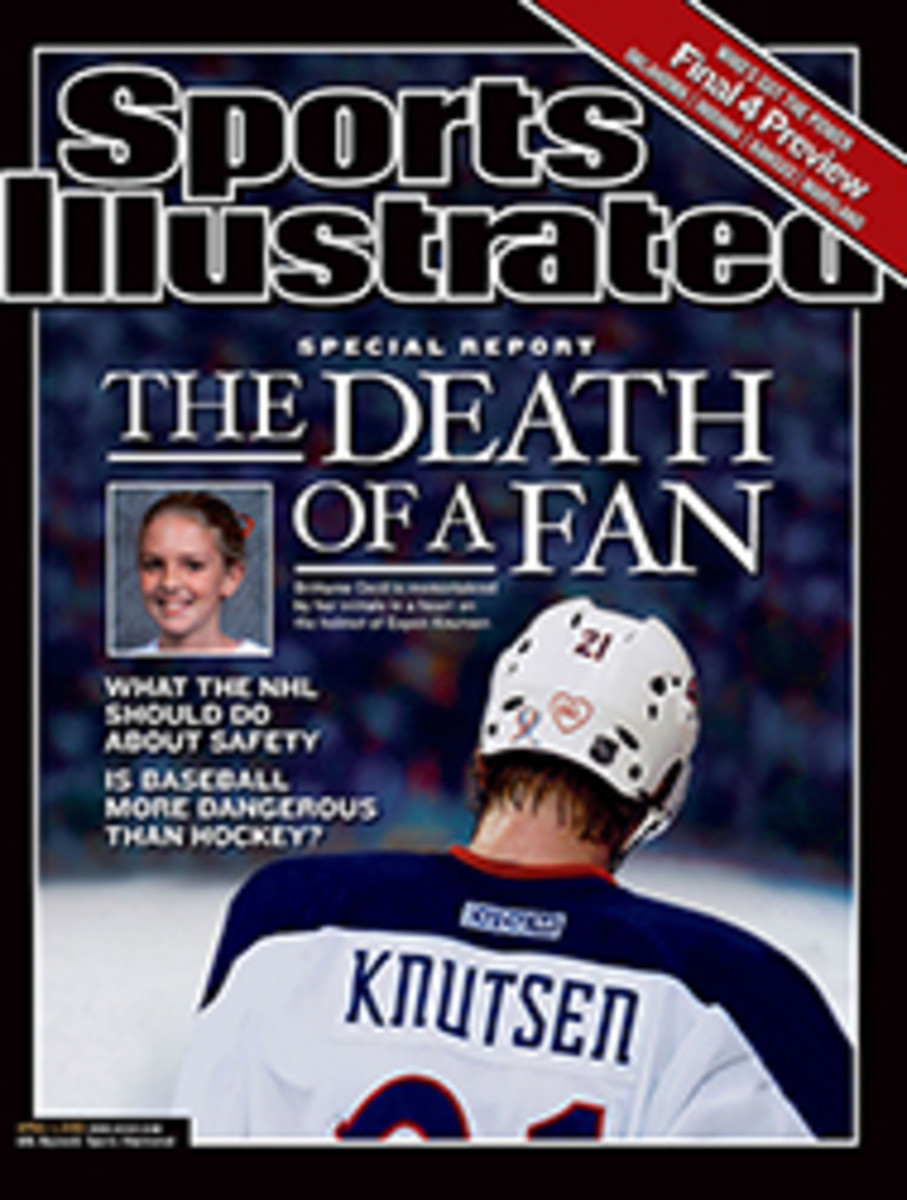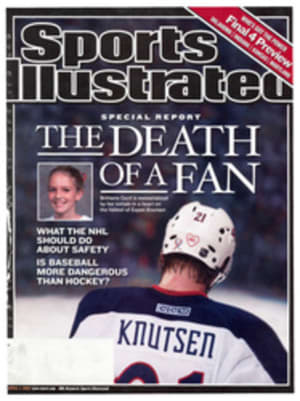
Big Play Timing is everything, and the two pitch shots holed by Players champ Craig Perks couldn't have come at more dramatic moments
Craig Perks almost gave away the Players Championship during the
first 15 holes of the final round, missing fairway after fairway
and yipping a couple of two-footers, but he redeemed himself with
a string of dramatic hole-outs on the final three holes at the
TPC at Sawgrass. Two of those shots, the pitch-in for eagle at 16
and the par-saving pitch at 18 (above), were almost identical.
The technique that Perks used for both wasn't anything special,
but the circumstances were extraordinary.
HEAD GAMES Perks never should have needed that final hole-out.
Ahead by two strokes on the tee of the watery 18th, he should
have used an iron instead of a driver, which he launched way
right into the trees. (An equally off-line iron would have come
up well short of the forest.) I was particularly horrified to see
him contemplate hitting his second under the low-hanging limbs
toward the green, probably because I can sympathize with the
frazzled mind-set that can come with inexperience. On the opening
hole at my first Tour event, the 1987 Anheuser-Busch Classic, I
was so shaky that I had trouble putting my ball on the tee.
Instead of stepping back, I rushed my routine and my swing,
resulting in a terrible shot. The lesson? Pressure induces fast
(and often dumb) thinking, so when the heat is on, slow down.
KNOCK HOCKEY It was entertaining, but not surprising, to see the
pros skate lag putts 10 feet past the hole and yip
three-footers. By Sunday the greens at Sawgrass were so crusty
and baked out that it was like putting on linoleum, and I'm
exaggerating only slightly. Superslick surfaces make even the
Tour pros fret, forcing them to use a jabby stroke that has
little or no acceleration and propels the ball off-line. Last
week almost every player--not just Phil Mickelson--had a couple
of unsightly misses from inside the leather. There are two keys
to handling slick greens. First, to control your rhythm and
generate an effectively lazy stroke, you need soft hands and
forearms and as little tension as possible in your body. To do
that, pretend that the putter is a tube of toothpaste and you
don't want to squeeze any of the paste out. Second, play more
break than normal, allowing gravity to pull the ball down to the
hole.
NIGHT VISION If you could take away the crowd, the situation and
the watery panorama, the 17th hole is a piece of cake, at least
for pros. I learned this a decade ago while teaching at
Sawgrass. Late one night some students and I journeyed onto the
course and teed off with glow-in-the-dark balls. Because I
couldn't see the water, I didn't feel a pang of fear and poked a
wedge to 10 feet. But put me in Perks's pressure-packed
situation, and I'd probably still be out there trying to hit the
green.
Steve Bosdosh is the director of instruction at Four Streams Golf
Club in Beallsville, Md., and one of Golf Magazine's Top 100
Teachers.
THREE COLOR PHOTOS: COURTESY OF NBC
COLOR PHOTO: PORTER BINKS A
COLOR PHOTO: PORTER BINKS B
COLOR PHOTO: PORTER BINKS C
THE TIP
Hinge and hold is how I describe the method for hitting short
greenside pitches from the rough with a lob or a sand wedge.
Here's a four-step guide to playing the shot the way Craig Perks
does.
1. Rotate the club clockwise so the club face is slightly open.
Now take your normal grip.
2. Address the ball by standing with your feet close together
and a bit open, with the ball centered in your stance. Your
weight should be slightly toward the target and your hands
slightly ahead of the ball (A).
3. On the backswing, feel as if you're abruptly picking up the
club by hinging (a.k.a. cocking) your wrists (B). Take the club
back until you've formed a 90-degree angle with your left arm and
the shaft. This will produce a steep angle of attack. (A shallow
swing is no good because too much grass gets between the club
face and the ball, resulting in poor contact.)
4. The downswing and the follow-through should be a continuous
brushing motion. Keep the heel of the clubhead ahead of the toe
by maintaining the left arm's 90-degree angle with the shaft
through impact. At the finish your hands should be well ahead of
your body, and the club's grip should be higher than the clubhead
(C).

